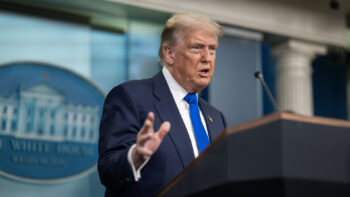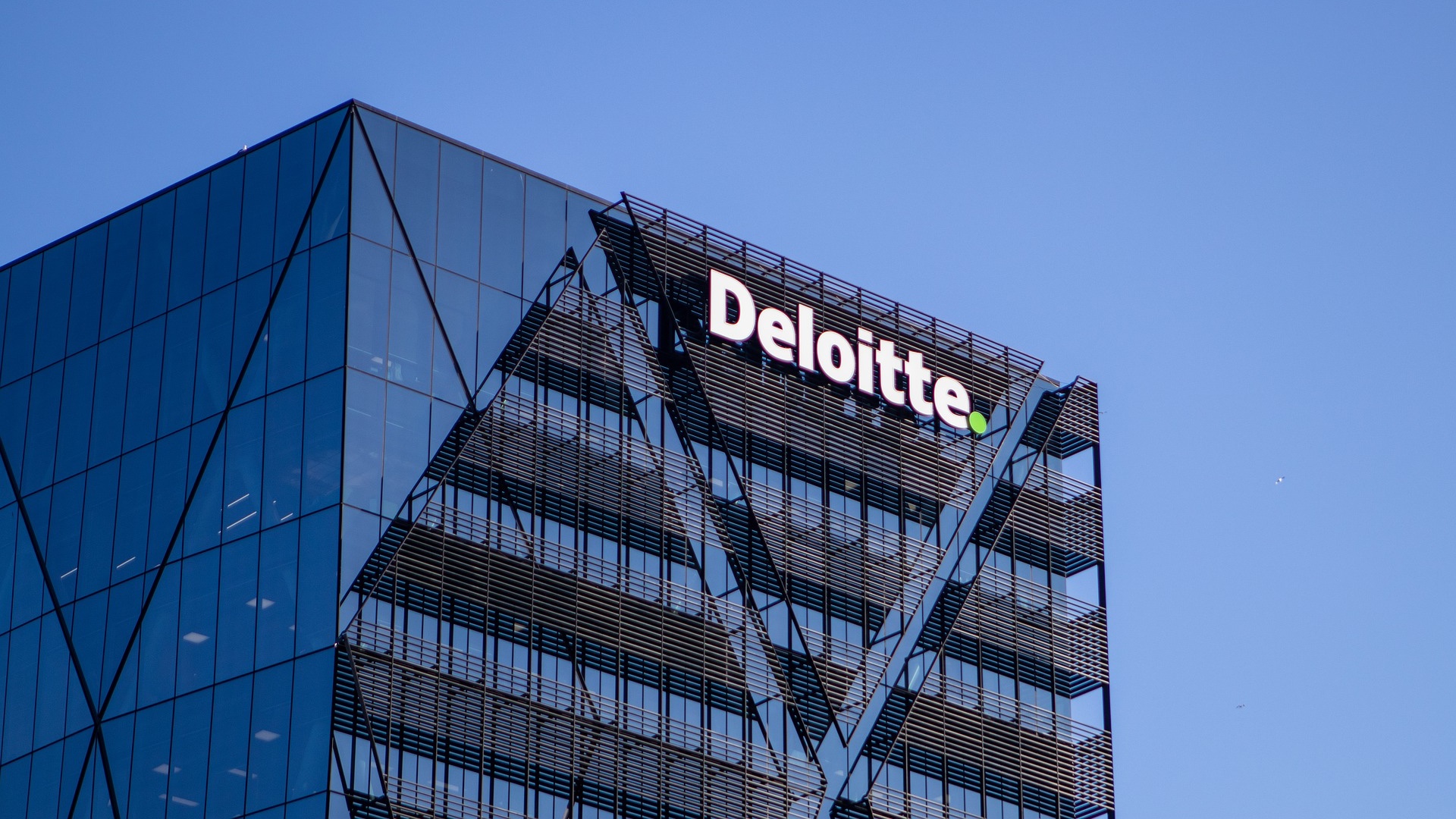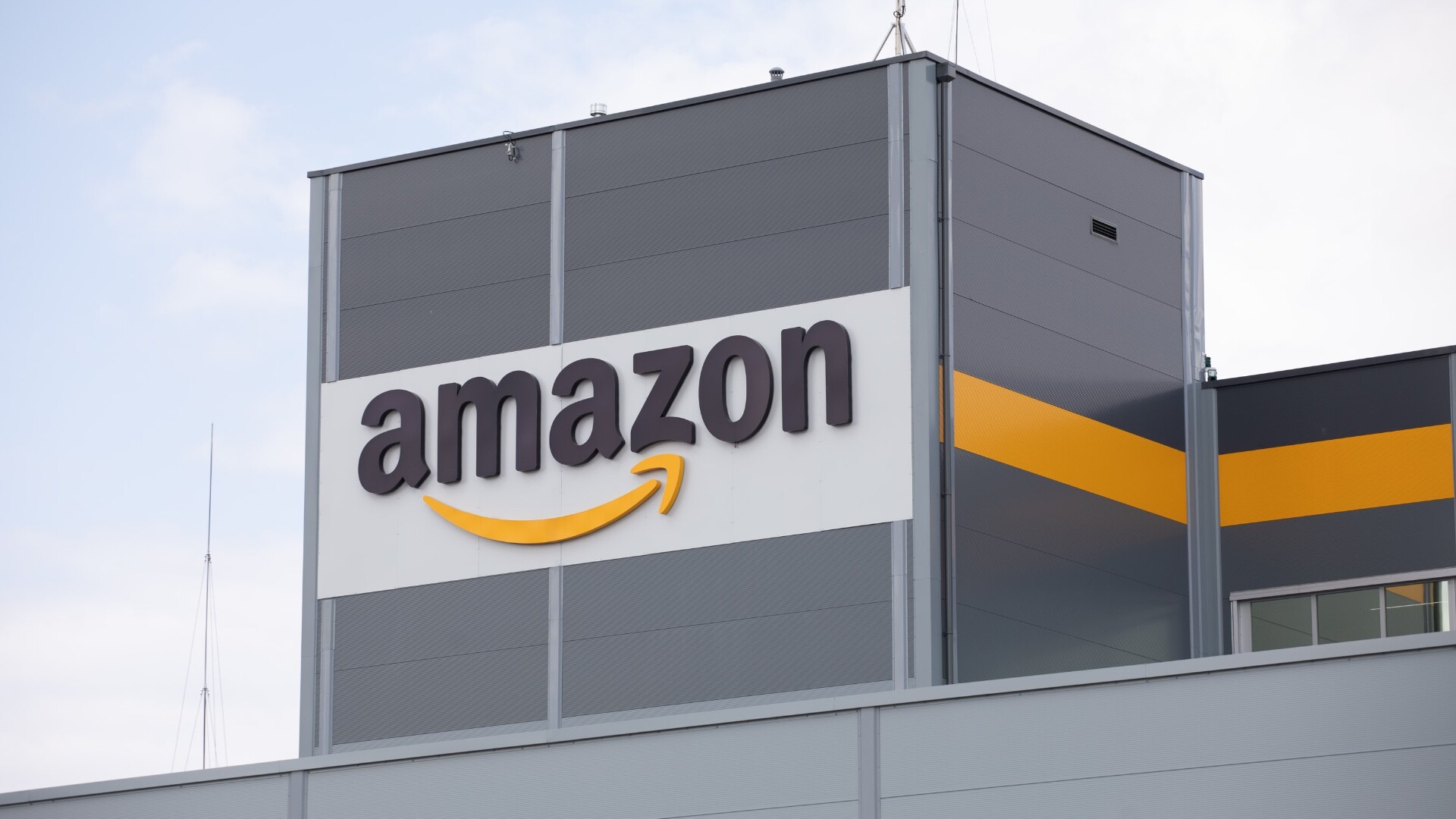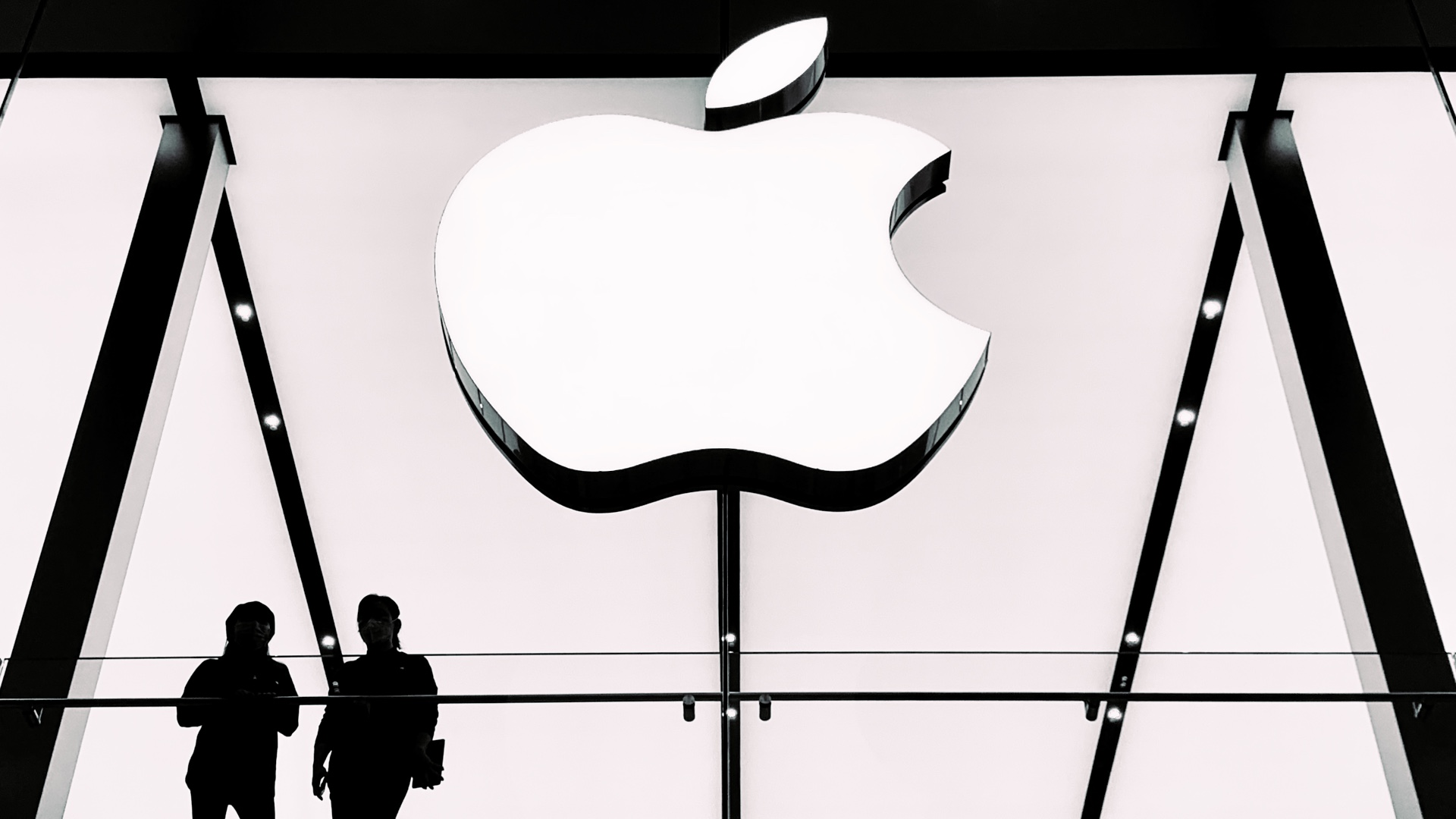Nvidia, the world’s most valuable company, is returning to the Chinese market with its AI H20 chip – despite US export restrictions. This move not only brings the company back billions of dollars in potential revenue, but also shows how thin the line is between regulation and business in the realities of global technology competition.
Since 2023, Nvidia chips have been the target of US restrictions to prevent the Chinese military from using AI technology. H20 – a special version of the GPU that complies with the regulations – was supposed to be a compromise, but was also blocked in April. As a result, Nvidia had to write off $5.5bn and give up a potential $15bn in sales.
Now the situation is changing. Nvidia has applied for export licences to the US and, according to a company statement, has received assurances that these will be granted. In parallel, China’s largest companies – ByteDance and Tencent – have started to place orders for H20, and the company has launched an internal partner approval process through a so-called ‘white list’.
Nvidia’s return to China also has a symbolic dimension. CEO Jensen Huang is currently in Beijing, where he is meeting with local market representatives and attending an industry exhibition. Although his actions are being watched with concern in Washington, Nvidia is trying to walk a fine line – maintaining compliance with US law, but also not losing a key market. By 2024, China accounted for 13% of the company’s revenue ($17bn).
There is also a race in the background with Chinese players such as Huawei, who are developing their own GPUs. However, Nvidia is still leading the way with its CUDA ecosystem, which dominates the AI computing market.
The new chip – RTX Pro – designed specifically for China, is expected to meet all US export requirements and go into industrial applications. According to Reuters, the chip will be significantly cheaper than the H20, although less technologically advanced.
Nvidia’s return to the Chinese market could not only revise previous losses, but also add up to $20bn in annual revenue to the company. As a result, the company’s shares have already gained 5% in pre-session trading – and this could be just the beginning.












